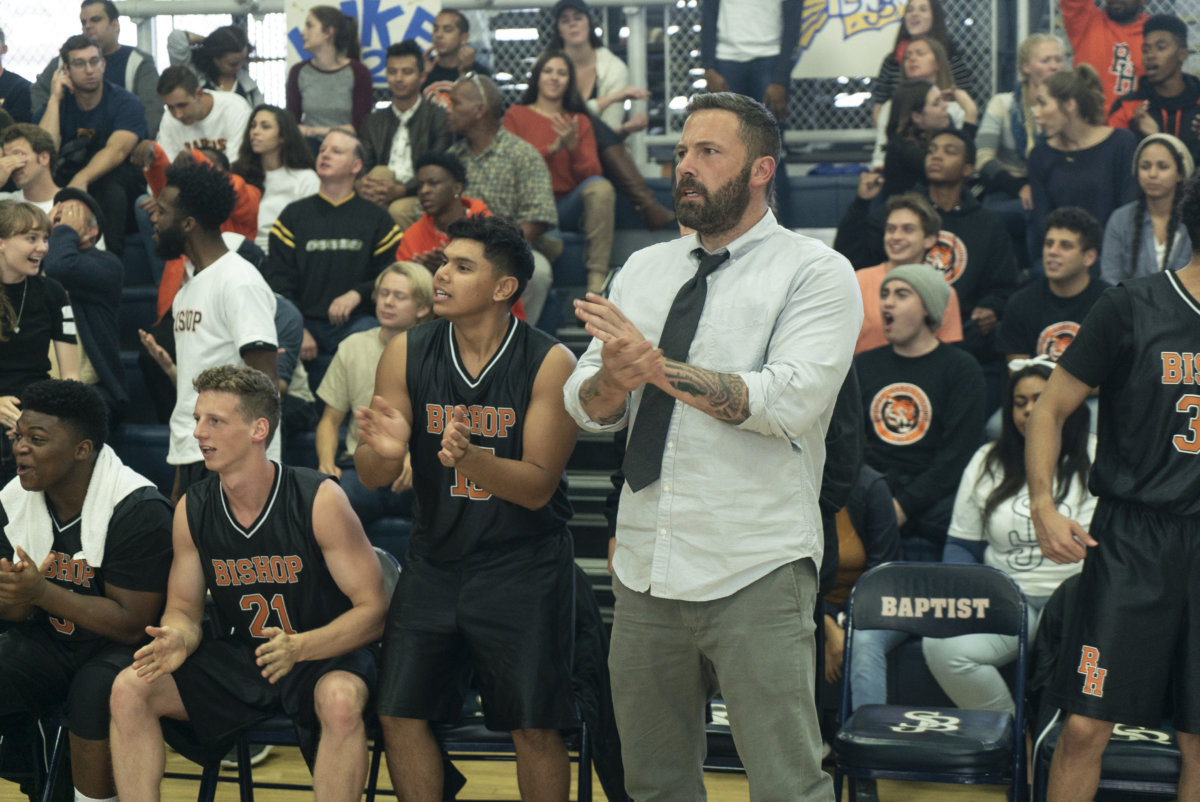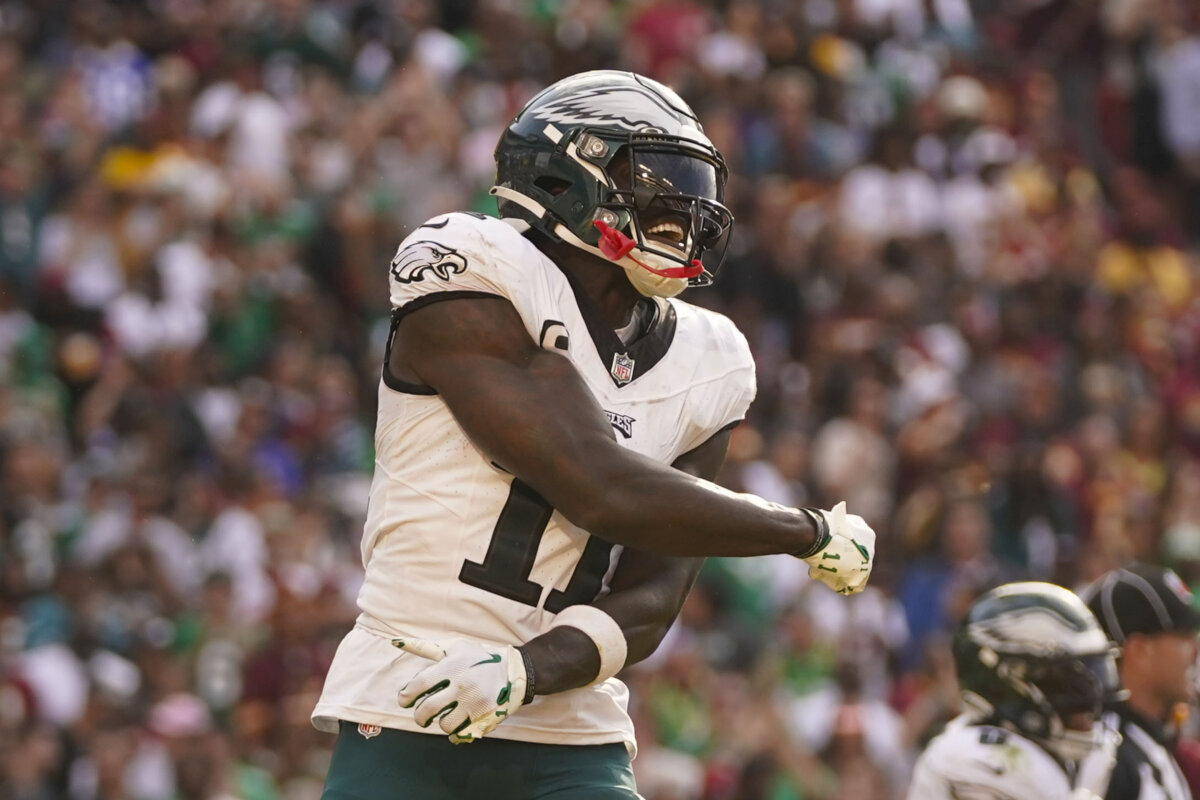Years ago, there were films that put a lens on redemptive stories, specifically when it came to sports and athletics. Whether it was a tale of a single individual or a team, there was something in them that sparked hope in audiences—and director Gavin O’Connor has always recognized that. O’Connor has quite the filmmaking repertoire in that sense working on hit projects such as “Miracle” and “Warrior,” but with his latest project, “The Way Back” starring Ben Affleck, something felt different. O’Connor was keen on not directing another sports movie, but once he got the script for the film, a lightbulb went off in the director’s head.
“The Way Back” has all of the elements of a classic, gritty, redemptive tale but it focuses on all of those aspects through one man instead of an elaborate plot. Affleck’s character [Jack Cunningham] is on his own journey, and it was that journey that rang true for the actor, and also what prompted O’Connor to sign on and get this film made despite reservations with making a “small drama” story like this again.
O’Connor sat down with Metro to discuss more on what went into making “The Way Back.”
What intrigued you about this particular project?

You said before that you liked the script because it felt untraditional structurally—what did you mean by that?
The sort of cataclysmic event in this movie and in his life, the tragedy that rocked his world—you don’t discover that until the second act. That alone never happens. With a typical set-up of a movie you know everything that happens in the first act. The whole pace of it, it was very much a character study. There wasn’t a big like what I like to call the key in the ignition or inciting incident—it’s almost plotless, there’s just not a lot of plot. It’s just a story of a man and his human condition and his hope of some kind of emancipation at the end. It’s about the little moments—it’s really an accumulation of little moments.

I can imagine as a director finding something that’s unique in that sense is appealing for you?
Oh yeah. Also, I have never made a movie that is just a character study about one man. Ben is in every scene, it’s his story. That was exciting to me. Also Ben and I are friends, so it required a lot of trust from the two of us. Trust for him to go to some dark places and trust for me to capture that on film in a way that’s honest. Also watching Ben with these kids, when he started out as a 19-year-old actor—it really invigorated him. It was refreshing, he tapped into his youth again and in a lot of ways he became a mentor to these kids, which was beautiful.
As a director and a friend of Ben’s, what did you try to do when he was filming these scenes that involved a lot of his own inner demons?
It was this way in “The Accountant” too, but I just try to create a safe environment. We don’t have people on set that don’t need to be there and we met a lot beforehand to talk about the intentions of the scenes. Then sometimes I’ll roll the camera and not cut and we’ll try some things to see what it feels like—and he knows when it feels like it works. He may do something silly that I’ll never put in the movie, but he also may do something inspiring or completely unexpected—and that happened at times. So it’s really just about creating an environment where you feel safe enough and you trust your partner enough to go to places emotionally that are going to be scary, but you know there is a net underneath of there where I can catch you.

What went into filming and preparing for the basketball scenes?
A lot—we had to find kids who could act and play basketball. This is high school, I wasn’t looking for NBA players, but the kids needed to perform. It’s funny, with kids on their iPhones all the time nowadays, they’re acting all of the time. It’s amazing how comfortable kids are in front of the camera now, so that made things easier. Once I cast the kids, we put them through a boot camp getting them in shape and I had a basketball choreographer who got the kids ready to not only do the fundamentals but know specific plays. The goal is once all of the plays are choreographed to deconstruct them—it has to feel sloppy and messy and in the moment—that’s the hard part. But it has to feel dirty and real.
What do you like about these redemptive sports movies and why do you think audiences respond so well to them?
I never intended to make another movie that had sports in it—that was not my plan. I actually wrote them off, but when I read this, I couldn’t un-read it. I think with team sports there are a lot of lessons—from commitment, to dedication to discipline, attention to detail—there are just so many things. All of those tenants are the same for life. I also think that sports are like a celebration of what’s inconceivable that eventually can be conceived and then there’s the impossible that becomes possible when someone does it—sports are the greatest demonstration of that.
“The Way Back” hits theaters March 6.




























